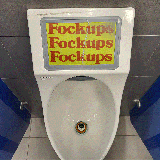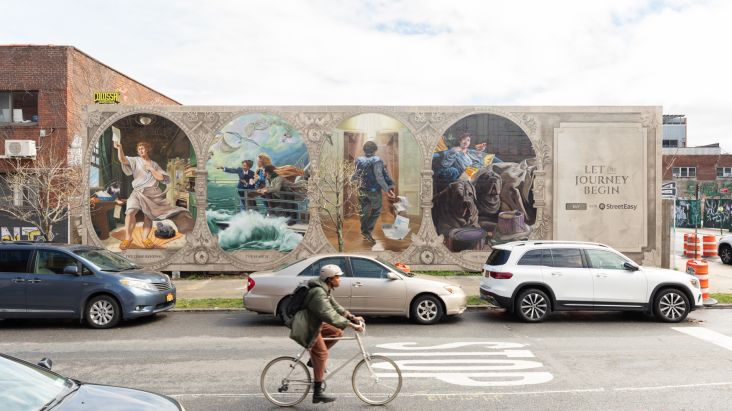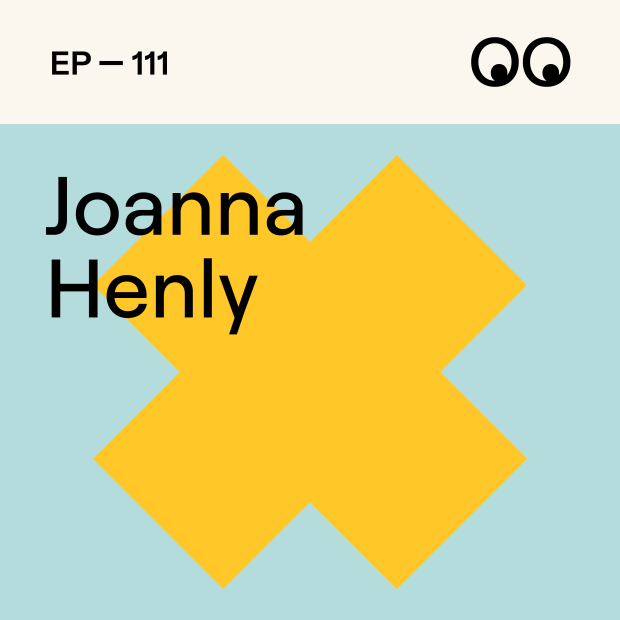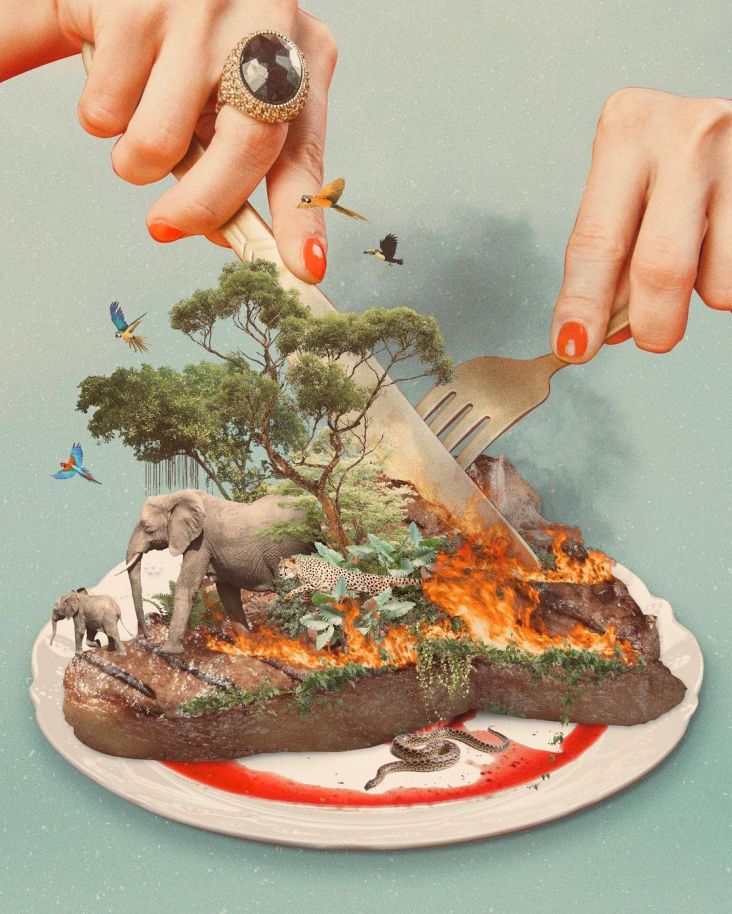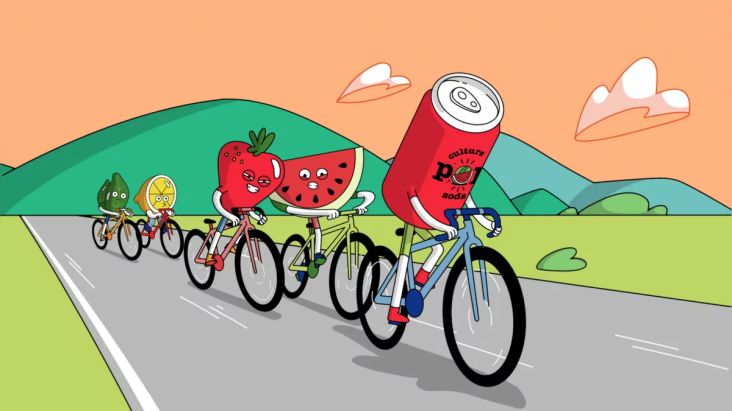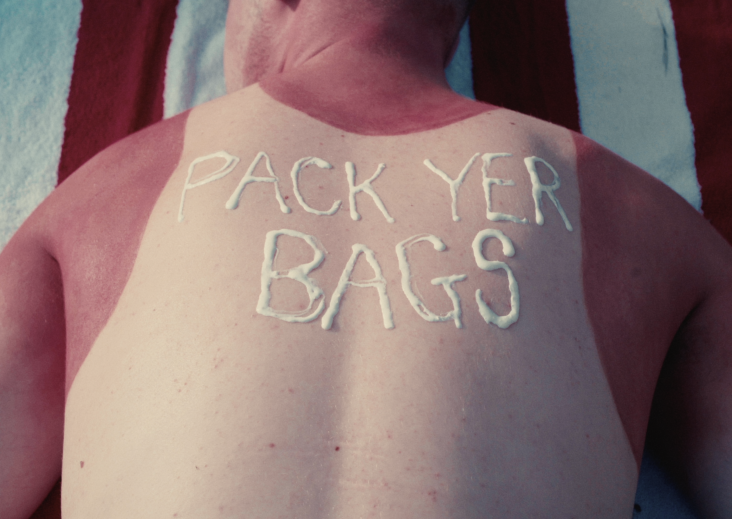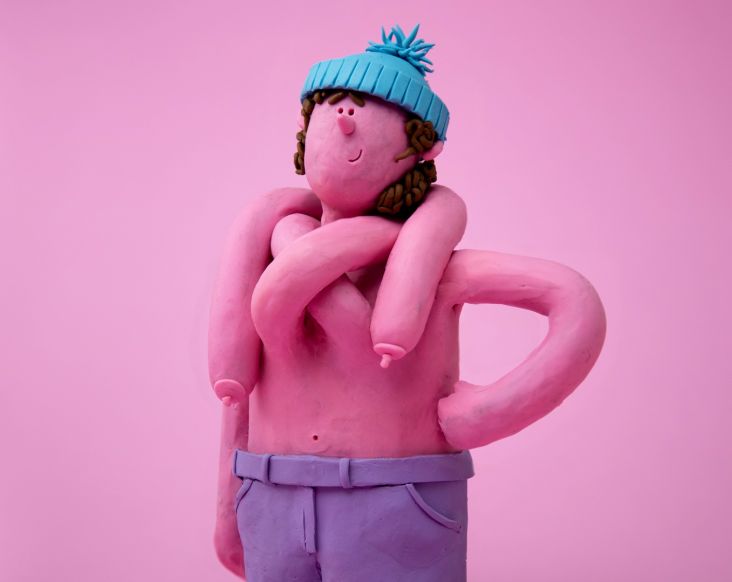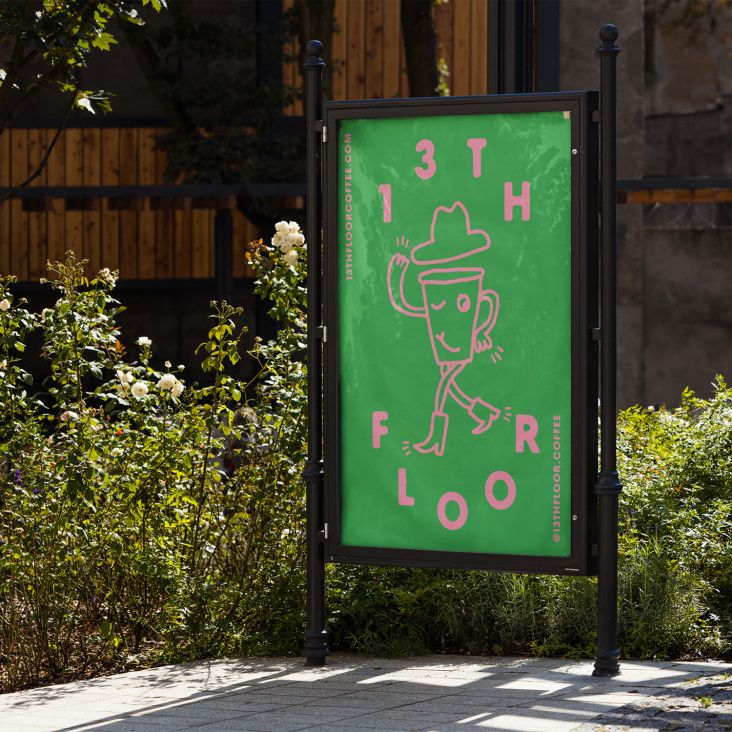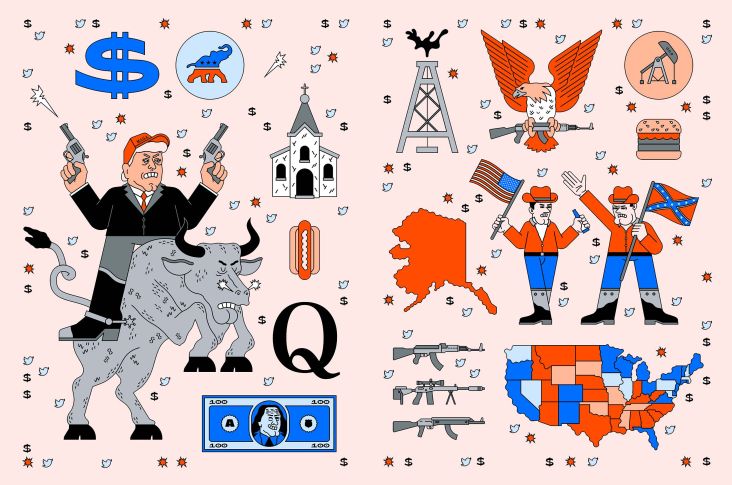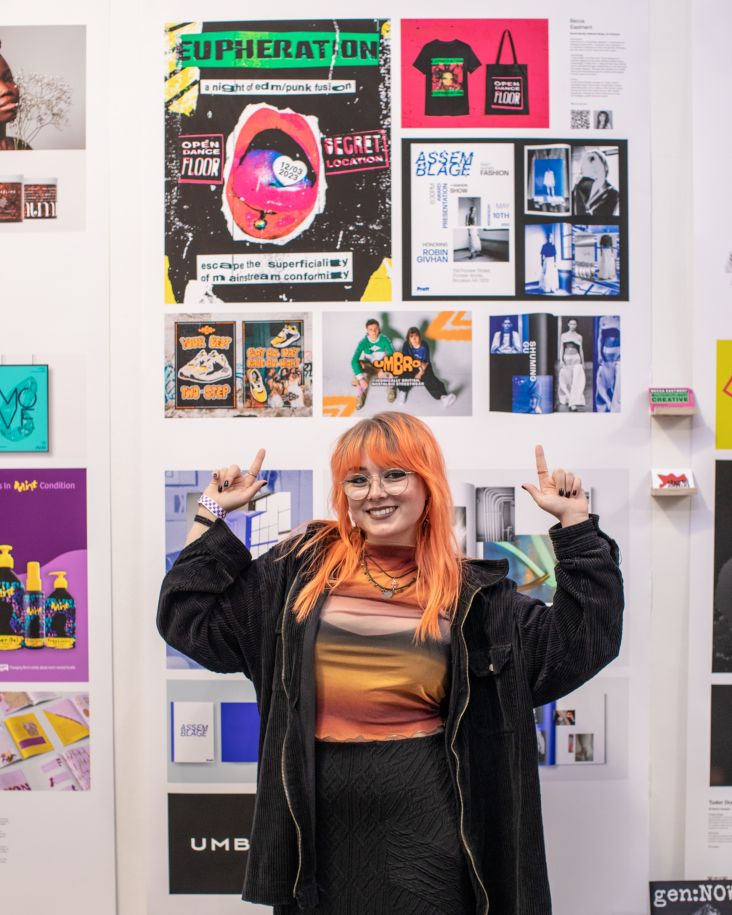Dang Olsen creates psychedelic illustrations designed to make your eyeball stalks wiggle
Working from a large closet in his apartment, Pasadena-based illustrator Dang Olsen specialises in drawing surreal artwork that looks like a "psychedelic cartoon flash freak out". We joined him on a trip to learn more about his process.
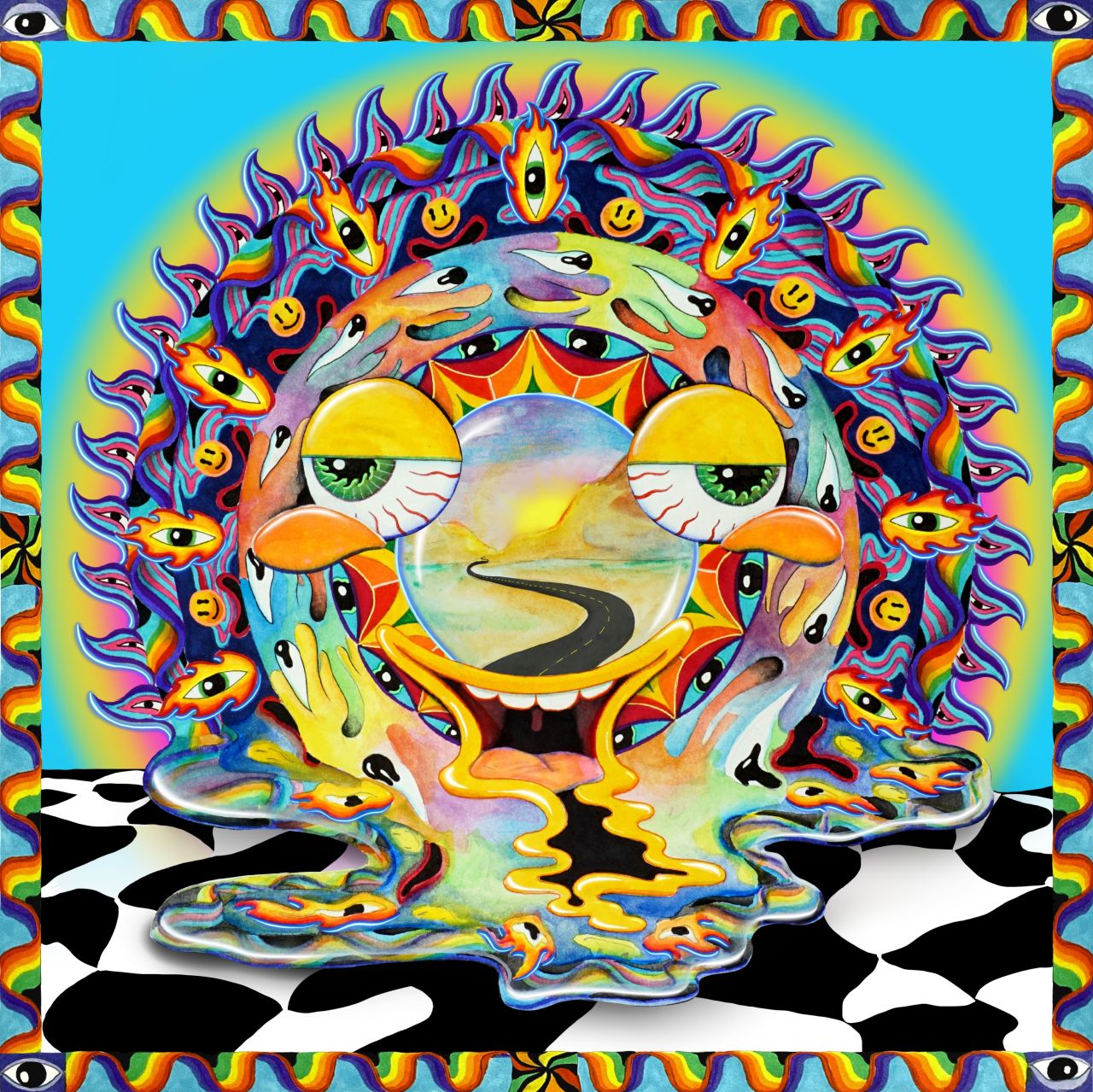
Originally from Toledo, Ohio, Dang Olsen's career has seen him move to San Francisco, Oakland and Seattle. His aspirations as an artist go back to his childhood, though, as all he can remember from those days is drawing and going to garage sales.
"Sometimes I'd get dragged to these places as a kid, and I'd try to draw until it was time to go home, where I usually drew more," he tells Creative Boom. "Maybe it was escapism. So I was and am still in my head, but I'm working hard to be as present as possible."
Like many children of his generation, Dang was inspired by video games. In particular, their box art. "I had notebooks of imaginary video game covers I'd make," he explains. "They were like catalogues. I loved catalogues, any catalogue. Choose your own adventure book covers were always fun, and I was into any Dungeons & Dragons and fantasy stuff."
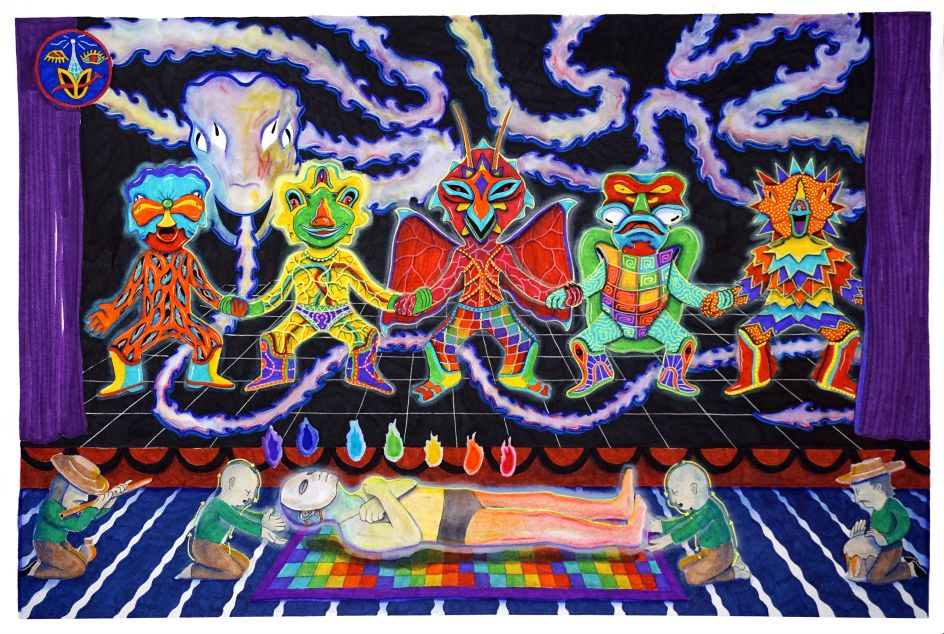
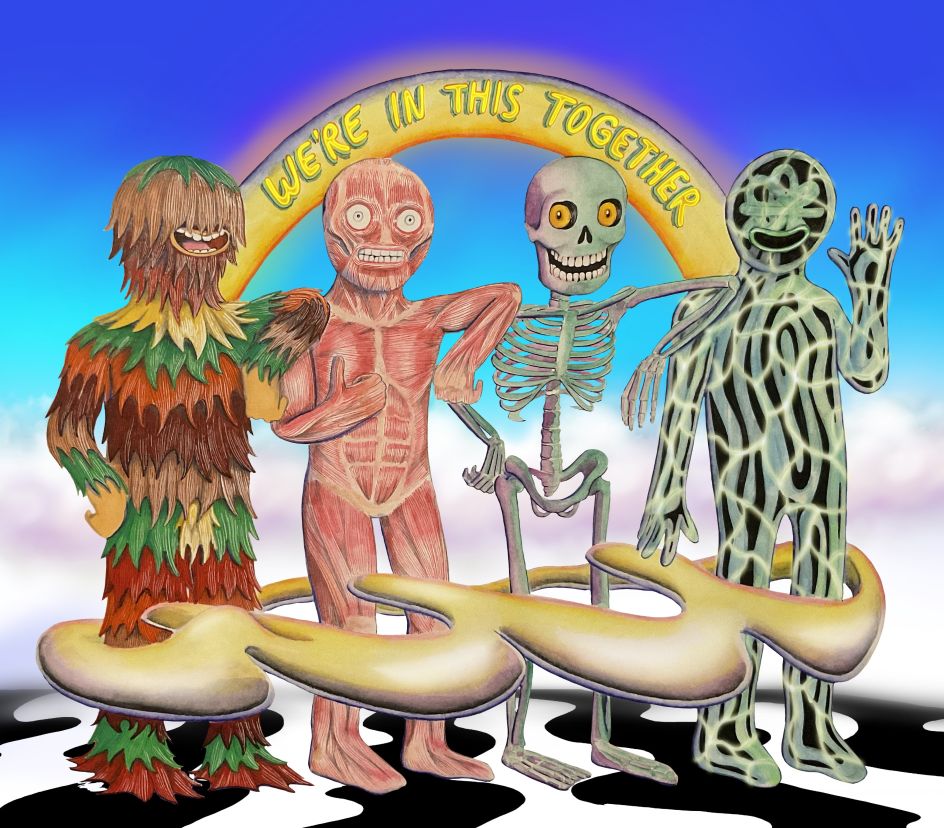
As for artists, Dang's biggest inspirations were the likes of Jim Woodring, Charles Burns, Carlos Gonzalez and Papperrad, to name a few. But if there's one thing all his influences have in common, it's their surreal qualities. "I feel like I'm operating in this half-dream state most of the time, so I'm attracted to slippery surreal things," he reveals.
"Pretty much anything that I dig at any given moment, I'll try to let it really soak deep into my brain where it sloshes around with everything else. But the biggest inspirations by far have been psychedelics."
Describing his style as "kind of a mix", Dang's art blends trippy imagery with bold colours and bizarre characters. But this doesn't mean he allows himself to entertain negativity. "I try to keep a positive 'everything's going to be ok' vibe while trying to depict some heavy existential drama.
"Some people may think it's silly because of the smiles and colours, but I have deeper intentions than just trying to make something trippy dippy. These pictures include my best attempts at relating experiences I lack the language to describe."
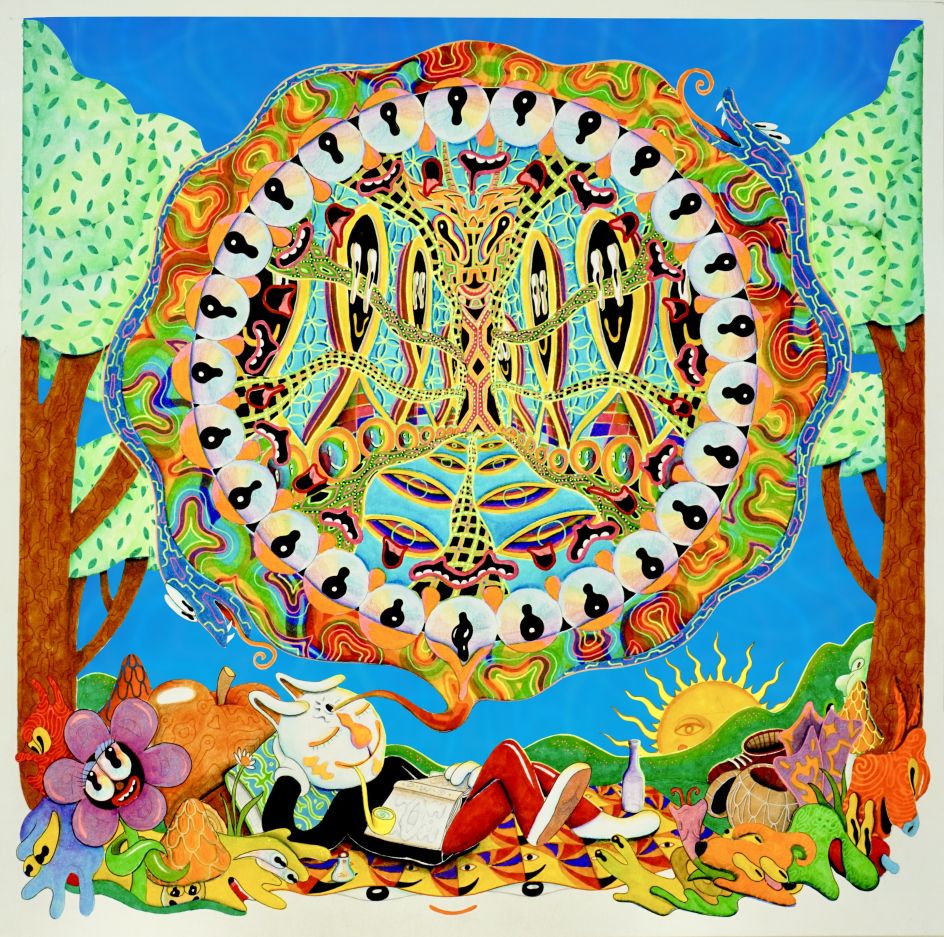
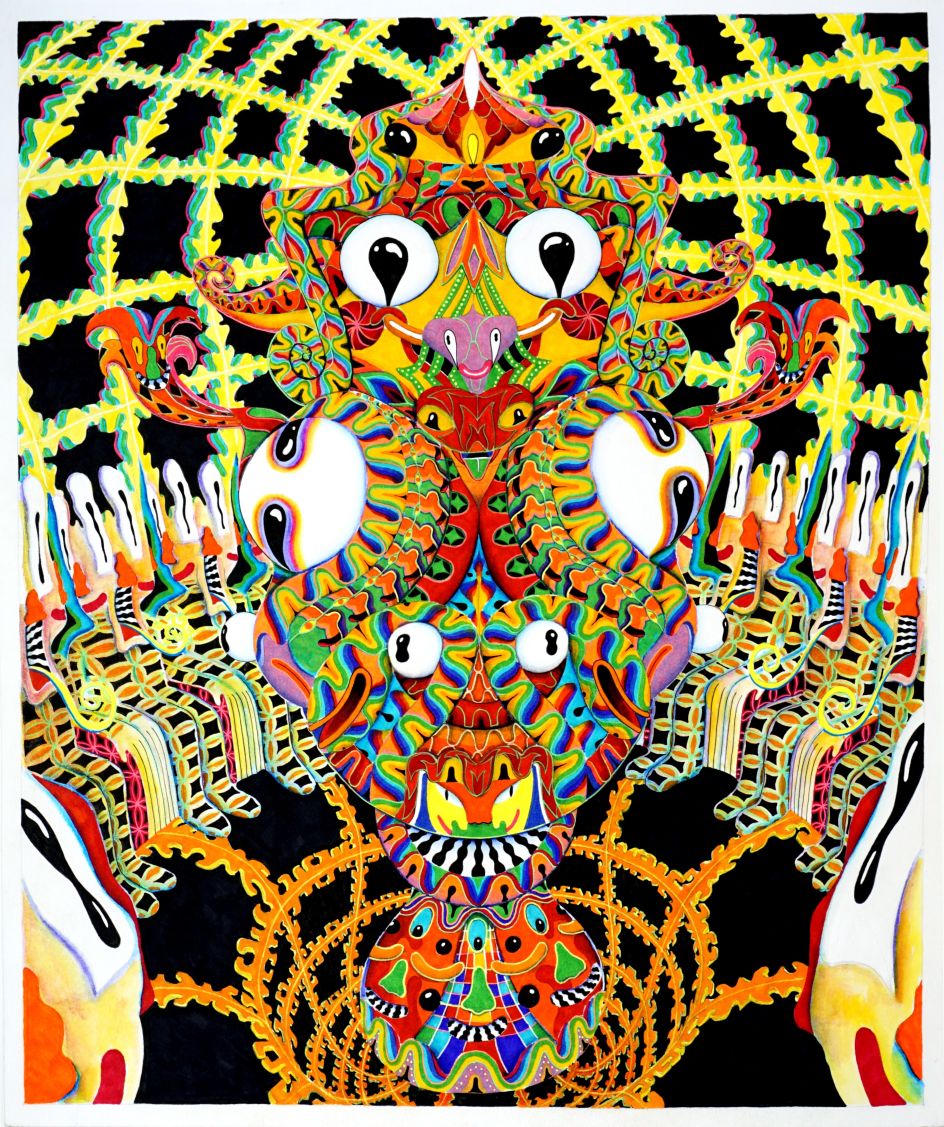
Working primarily with ink and watercolours, Dang's illustrations have become meticulous over the years because he likes to layer his imagery. "I like things to look lush – like the paper is breathing." To achieve this, he relies on colours, patterns and thoughtful composition. "I try to make things as visceral as possible. Someone once told me my art made their 'eyeball stalks wiggle'. I like that. I think that's what I'm going for."
Dang's work is all the more impressive because he never went to art school. Instead, he surrounded himself with like-minded, artistic folks and lived in their communities. "I just tried things I thought would be fun and copied stuff I really liked," he says. "My work went through a bunch of different phases. There were a few collage phases, comic book phases, weird lo-fi videos, stop motion films, puppet theatres, and a long scratchboard-only phase, among others."
However, the career path had its benefits, as Dang feels he had more time to "get weird" and explore these different creative avenues. "It took me a while to find my path, but I think all the meandering was essential," he reasons. "I still wander off the path a lot and will probably continue to do so. And if I had the space, I'd probably do larger things again."
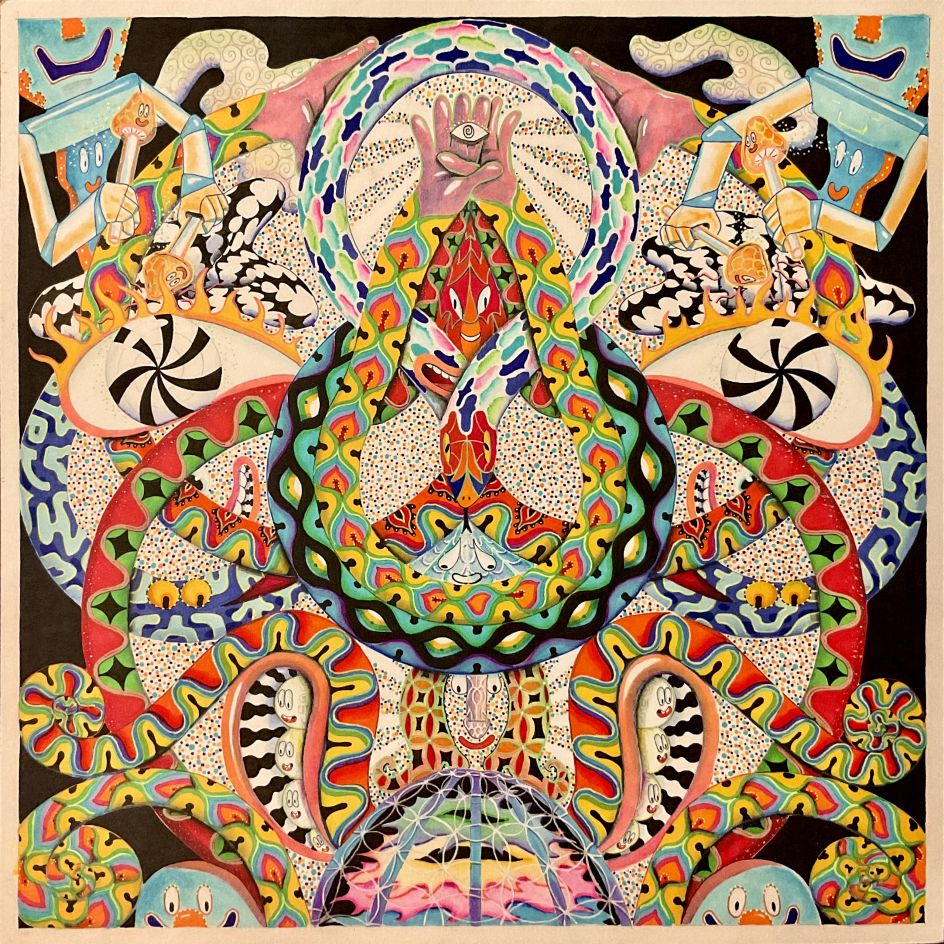
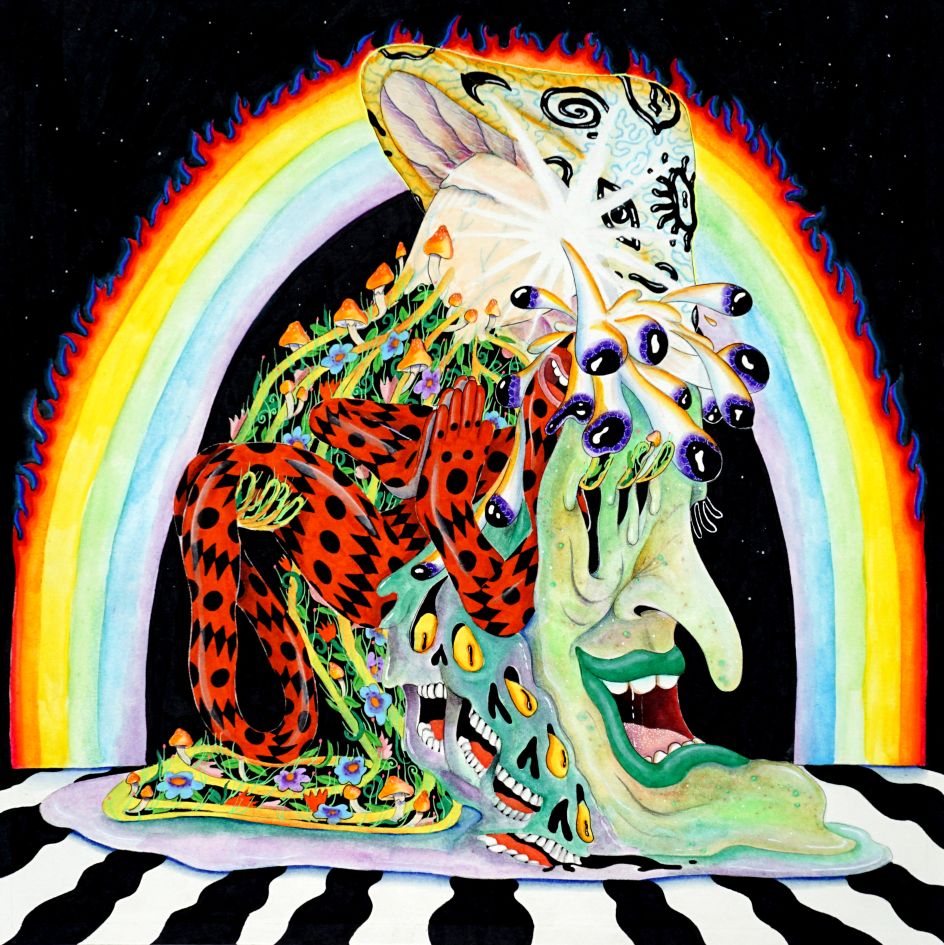
Of all these approaches, though, a common thread in Dang's work is his desire to process the psychedelic experience of dreams. To keep track of everything that plays out in his mind during his sleep, Dang keeps a notebook to hand and scribbles down things as best as he can remember them.
"I've found that dreams provide some really cool scenarios for pieces, but psychedelics provide some concrete visuals that you can draw if you can untangle it all," he says. "One DMT trip could give you a whole career's worth of imagery to decipher, so I just do my best to work it out.
"Lately, I've realised that you can't go in with a tourist's 'stop-and-take-pictures' mindset or things will be tough. I try not to cling to things, as there's a lot more to the show if you just keep rolling. And if you can give, then be a giver. It sounds crazy to try to talk about it, which is why I'm an illustrator."
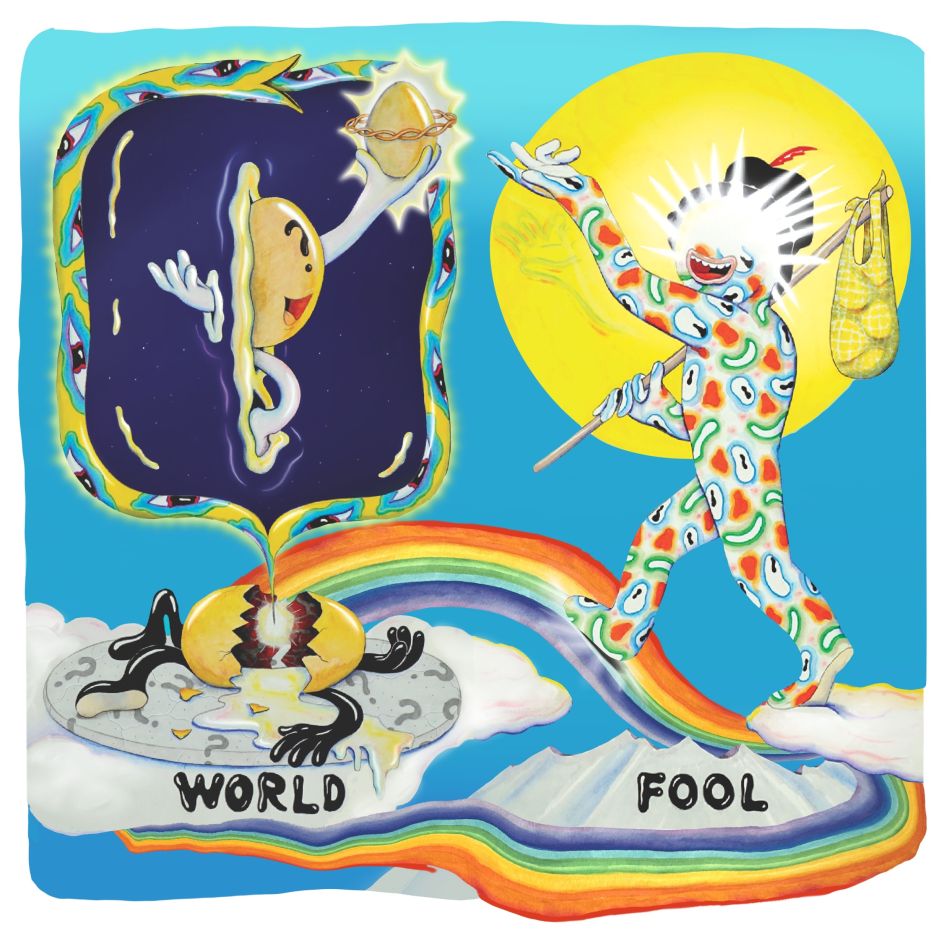
This sort of imagery takes centre stage in one of Dang's most recent projects, a series of beautifully illustrated tarot cards. Having first got into tarot while working at a float tank spa, where he would look at the cards and books in the tea break room, he decided to grab some paint and follow along with the famous Rider Waite deck.
"I have to say, Pamela Colman Smith, the lady that painted those, is absolutely amazing. She's definitely on my inspiration list. I think I made a handful when I started digging deeper into the meanings and found all these resources that kind of blew my mind.
"I really got into Crowley's Thoth deck and various other schools of thought. It's all rather paradoxical. I realised I didn't want to just make this thing without fully knowing my stuff. So it went from a whimsical endeavour to a serious research project that lasted a few years. There were 78 cards to paint, which took a while, and by the time I got to the end, my style had changed so much that I redid most of the ones from the beginning. In total, I painted around 100 cards."
As Dang suggests, the meaning behind the cards shaped everything he made for the project. "It was sort of like editorial illustration," he says. "There's a lot of information to convey, and I tried to think of how I could be as subtle as possible with certain things.
"I wanted to express most things with body language. Usually, I just go into a painting with a loose idea and see what happens, but this was all very thought out. Learning to be deliberate and more restrained than I was used to was challenging, but it spawned a whole new world of image-making for me, so I'm forever grateful to the tarot."




